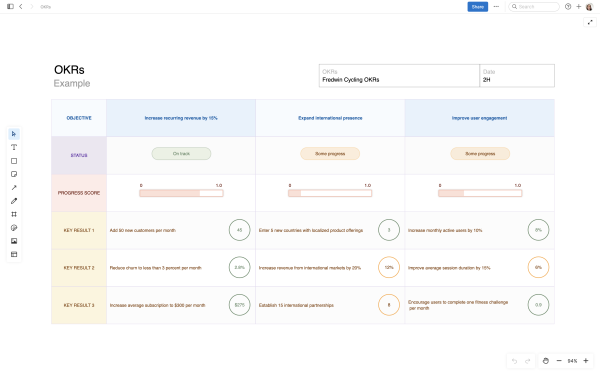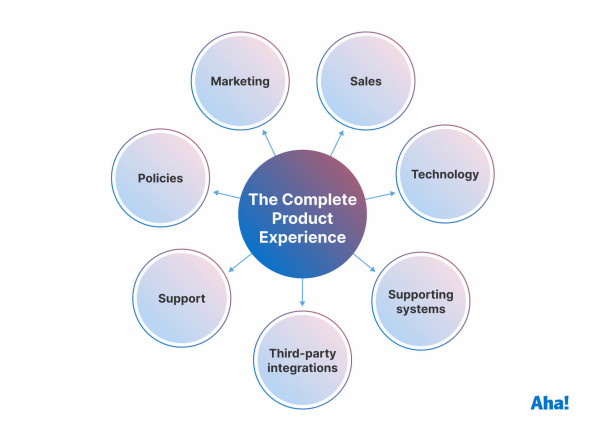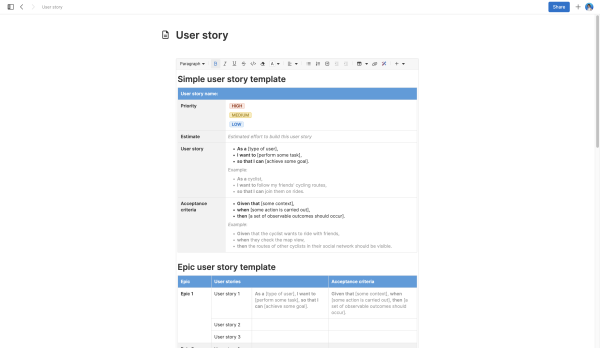The product manager's starter guide to product portfolios
Last updated: April 2024
Burgers and fries. Home and auto insurance. Phones and smartwatches. Few companies sell just one thing — many offer multiple products designed to provide additional value to customers. Others might have a selection of products aimed at capturing new customers in new markets. Whatever the approach, growing a product portfolio is about growing your business.
This is as true for the tech industry as it is for consumer products. Enterprise software companies often expand their product offerings into a suite of tools. These decisions to grow are often made at the topmost leadership level — founders and senior executives conduct comprehensive analysis to determine the right portfolio strategy or model for the business.
So where do product managers come in? Although you might not have authority over how or when to expand the portfolio, you will be in charge of the strategy, prioritization, and team alignment for one or more of the products within it (and you might even be a portfolio product manager by title).
Confidently manage a product portfolio in Aha! Roadmaps — try it for free.
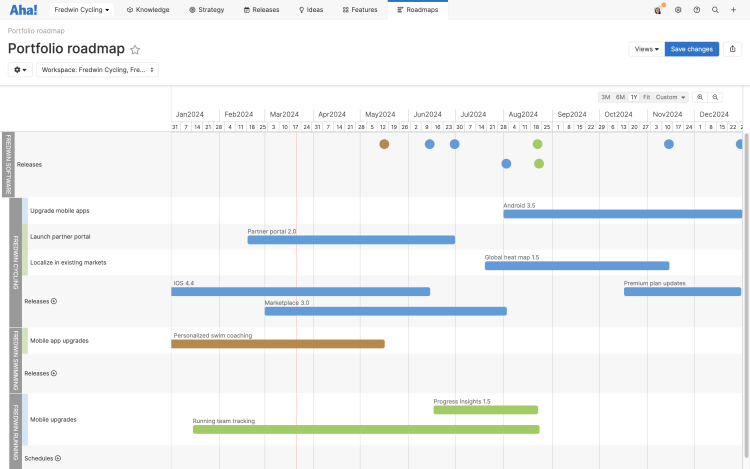
Visualize your entire suite of products in one portfolio roadmap view with Aha! Roadmaps.
Learning the fundamentals of product portfolios can help you understand how your daily work supports the bigger picture — along with the added benefits and challenges that come with a larger product line. This guide will help you get started with the basics. Use the following links to jump ahead to a specific section:
What is a product portfolio?
A product portfolio is the complete collection of products and services a company offers. It encompasses everything that a company builds, distributes, or sells — tangible or intangible. Within the portfolio, products often complement one another. But it is also common to have a portfolio of diversified products for different markets.
Many established companies build product portfolios. Some focus on two or three core products, and others have hundreds or even thousands of different offerings. You can grow a portfolio by developing new products firsthand or by acquiring other businesses and their products. But there is no rule on how narrow or wide your product portfolio should be. What matters is that everything supports the broader business strategy.
Related:
Let's use ourselves as an example. Since launching Aha! Roadmaps (our first product) in 2013, we have expanded our product portfolio multiple times. Each addition was in support of our mission to help product teams bring their product strategy to life. By introducing Aha! Ideas, Aha! Whiteboards, Aha! Knowledge, and Aha! Develop, we now have a full suite of software for every stage of product development. (We offer training through Aha! Academy, too.) Every choice we make to launch, update, or reposition a product in our portfolio is done with that vision in mind.
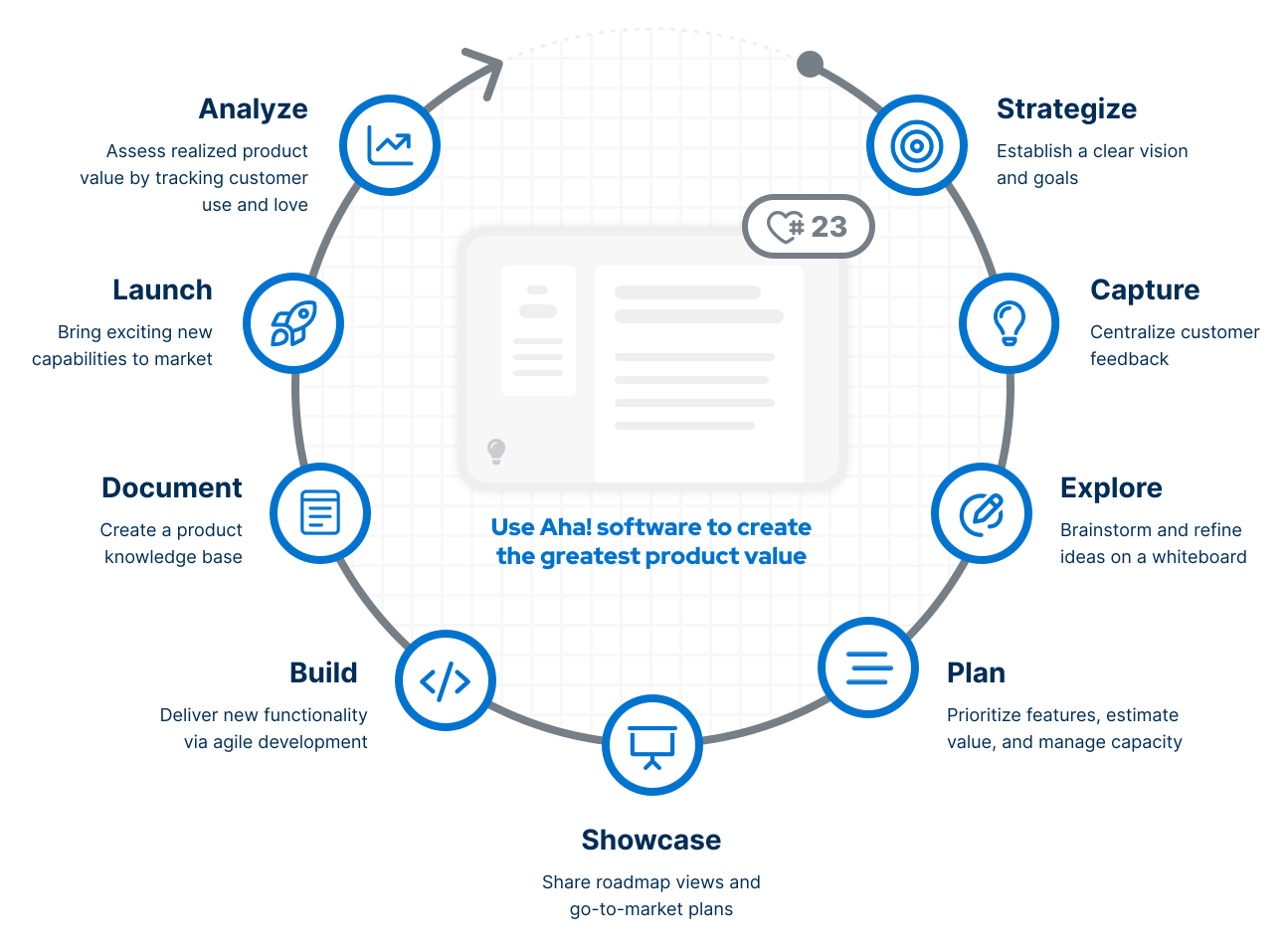
Who manages the product portfolio?
Just like individual products, product managers are responsible for overseeing the product portfolio's day to day. Many organizations have dedicated product managers for each product they offer. Many also choose to hire a portfolio product manager who has a high-level view of new product development, lifecycle management across products, and mergers and acquisitions.
It is essential to build a portfolio roadmap that consolidates the strategic direction of multiple products in one view. In the example below, we are using a whiteboard template in Aha! software. This template is ideal for sketching early-stage plans. When you are ready to go deeper, you can convert elements from the whiteboard directly into real work items in Aha! Roadmaps.
Build out initial roadmap plans on a whiteboard — try it for free.
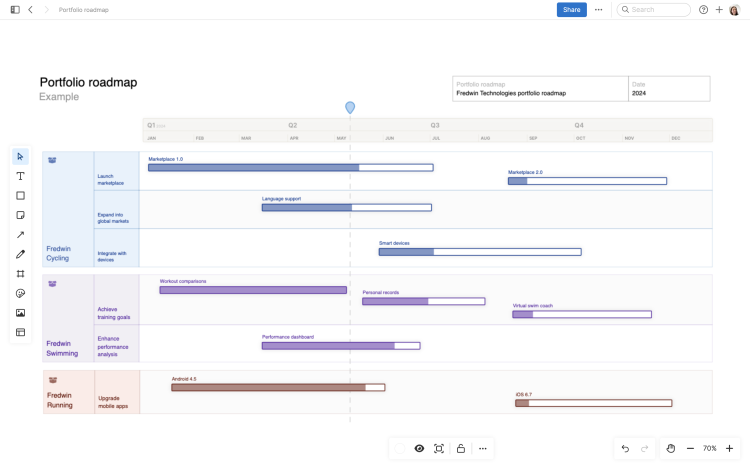
Related:
What are the benefits of having a product portfolio?
On a high level, the main benefit of building a product portfolio is growth. Makes sense, right? The more products you offer, the more value you can provide to customers and the more revenue you can gain. But that is not all — portfolios can also help you reinforce your company's standing in a market and edge ahead of competitors.
Product portfolios can offer these advantages:
Revenue: Introduces more opportunities to gain customers and establish multiple sources of revenue
New markets: Opens up avenues to enter new or growing markets and capture market share
Cross-selling: Provides a way to generate add-on sales, leveraging your existing customer base to promote complementary offerings
Diversification: Spreads risk across multiple products, reducing the business's dependence on a single offering that can fluctuate in demand or performance
Brand: Reinforces company identity and values across multiple products while enhancing overall brand perception
Differentiation: Helps position the company as a comprehensive solution provider, outmatching competitors with limited offerings
Innovation: Spurs the broader team to be creatively minded and forward thinking as you research new ways to meet customer needs
Challenges of managing a product portfolio
Building a product portfolio is not easy — company leaders have to make tough decisions about where to invest in growth and when to retire certain offerings. This requires keeping a watchful eye on markets, competitors, and performance.
As a product manager, product portfolios come with added difficulty as well. You have been part of product launches, so you know how much work it takes to research, plan, and deliver everything to your customers (and then do it all again as you plan enhancements for the next release). Doing this for multiple products in tandem presents its own set of challenges, even if you have dedicated product managers for each offering:
More decisions: You need to think about strategy at the business, portfolio, and product levels. This means that more stakeholders will be involved throughout product development, making it more challenging to get aligned.
More resources: You likely need to grow your team and allocate more resources to support multiple products, which in turn increases the need for cross-team collaboration.
More complexity: You have to integrate new products into the ecosystem you already built without overcomplicating things for your customers. This also requires more layers to your marketing, sales, and support efforts.
More standards: You have to commit to the same level of quality that your customers expect for each product you introduce — or risk harming your overall position and performance in the market.
It is undeniably a lot of work to grow a product portfolio. But for many companies, the benefits are worth it. A successful product portfolio can help your company withstand unstable periods in the market and grow to become a well-known enterprise. And as a product manager, working in a portfolio management role can also be incredibly rewarding — giving you an opportunity flex your business acumen, market research, and strategic planning skills on another level.
FAQs about product portfolios
Product portfolio vs. product design portfolio — what is the difference?
A product portfolio encompasses all of the products or services offered by a company. A product design portfolio is a collection of an individual designer's projects and sample work. Product designers typically use portfolios to demonstrate their skills and expertise during interviews.
What is portfolio analysis?
Portfolio analysis typically refers to analyzing an investment portfolio. The process involves evaluating a collection of financial investments (e.g., stocks and bonds) to determine risk and ROI. Building a product portfolio also requires deep analysis to understand challenges and potential gains of expanding your offerings as a company, but the term "portfolio analysis" is not as commonly used here.
What role does customer feedback play in product portfolio management?
Just like managing individual products, customer feedback plays an important role in product portfolio management. Gathering feedback is essential to understanding customer behaviors, challenges, and needs — then using your findings to improve your products. As a bonus, you can even get ideas on how to expand your portfolio in conversations with customers.
How do collaboration tools help with managing a product portfolio?
Product portfolio management involves complex decisions with many stakeholders involved. It is essential to have one place to come together and get aligned — like a collaborative tool. Think: dynamic whiteboards where everyone can talk through ideas in real time or an internal wiki tool that allows for easy knowledge sharing.
